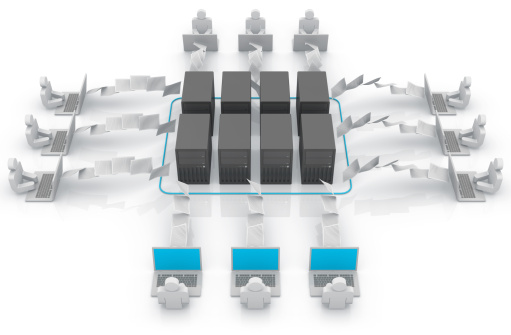For some time now I have been promoting the idea that the practice of business architecture is not about creating blueprints and models but applying a set of tools and techniques to form broader perspectives, create deeper insight, and solve business problems. If business architecture is a practice, then what is its portfolio of services and how do you create them?
Start with three best practices
There are three basic best practices for service development that lead to a powerful service portfolio.
- Who first, what second – Most business architects develop services from the inside out. They tend to develop the service first and then try to promote it. This often results in services which are misaligned with customer needs and difficult if not impossible to sell. Architecture service development is exactly like business product development – services should be designed to align with customer needs and interests.
- Build discrete services – A key to a strong portfolio of services is creating discrete foundational services that can be used independently or can be bundled together to from larger service offerings. Each service should have clearly and explicitly defined methods, processes, templates, and examples.
- Include a “marketing” perspective – Even great products don’t always sell. The service develop process should include an analysis of why your customers will want it and how you will promote it.
Seven steps to designing a successful service portfolio
Following these seven steps will help you create products and services that resonate with your organization, are easy to sell, and easy to improve and expand.
- Clarify the context – Start with the business architecture’s business model or mission and identify what services are good candidates for the portfolio. Identify which of these candidate services are being performed elsewhere in the organization and how well they are being performed. Also identify what services business architecture stakeholders might expect that don’t fit well with the mission.
- Clarify stakeholder needs and expectations – Clearly identify the potential consumers of business architecture services. Classify them in terms of adoption: innovators, early adopters, early majority, late majority, and laggards. Focusing on the innovators, early adopters, and early majority groups analyze the challenges and needs of the individual consumers and consumer groups. Specifically identify potential de-motivators to using business architecture services. Clarify investor expectations and identify the benefits they anticipate to accrue. Also identify potential competitors – people who might feel threatened by your service approach.
- Clarify the business architecture team’s capabilities – Start where you are. Identify what knowledge, skills, and experience the team possesses that can be leveraged. Make sure you understand the team’s limitations. Some methods are relatively simple and can be quickly learned and translated into a service, while others are quite complex and will take significant time to master. Identify internal and external resources you might partner with to fill skills gap in the short run.
- Clarify the engagement process – Select your first potential clients and structure your “go-to-market” approach. What service aspects will they resonate with: speed, cost, ease of engagement?
- Define the portfolio structure – Identify the best-fit service offerings based on your mission, customer needs, and stakeholder expectations. Use the stakeholder groupings, team assessment, and engagement process design to prioritize the services for early development.
- Define the service structure – Identify the standard components a well-defined service definition must contain such as method, process, forms, etc., and develop templates for each. Also include any “marketing” and follow-up materials that might be useful. Pick a simple service and build it out completely to test the design.
- Plan the portfolio development effort – Develop a roadmap for service development based on the likelihood of successful execution. Be sure to include enough research and education time for the more complex services. Develop a simple plan for service delivery assessment and improvement so that every engagement results in service refinement.
Product and Service Opportunities
There are four potential categories of business architecture services: strategy development and articulation services, organizational performance services, organizational change services, and project support services. Not all business architecture practices will have services in every category but this list is a good starting place to spur your imagination of what can be done.
- Strategy Development and Articulation Services – This category includes both clarifying corporate strategy to make it more consumable and strategy development for lines of business and departments to help them align with corporate strategy or to evolve their organization. Services in this category include business model development, value chain analysis, scenario planning, value mapping, and strategy mapping.
- Organizational Performance Services – These services look at how an organization is performing and identifies areas and approaches to improve performance. Services here might include capability modeling and assessment, capability based performance models, capability sourcing analysis, resource portfolio analysis, and SWOT analysis.
- Organizational Change Services – These services help organizations think about who they are, who they want to become, and how to get there. Services here include decision making frameworks, new idea generation facilitation, context assessments, and transformation planning and management.
- Project Support Services – Most business architects don’t create services to support project level activities but are often pulled in to help when complex projects run into trouble. Having a defined set of services in this category can help focus the work you do for projects and prevent the team from being used as a general resource pool. Business architects can also do a lot of good at the project level with small targeted engagements. Some of the services in this category are project risk analysis, conceptual target architecture development, business process development, change management design, and road mapping support.

















